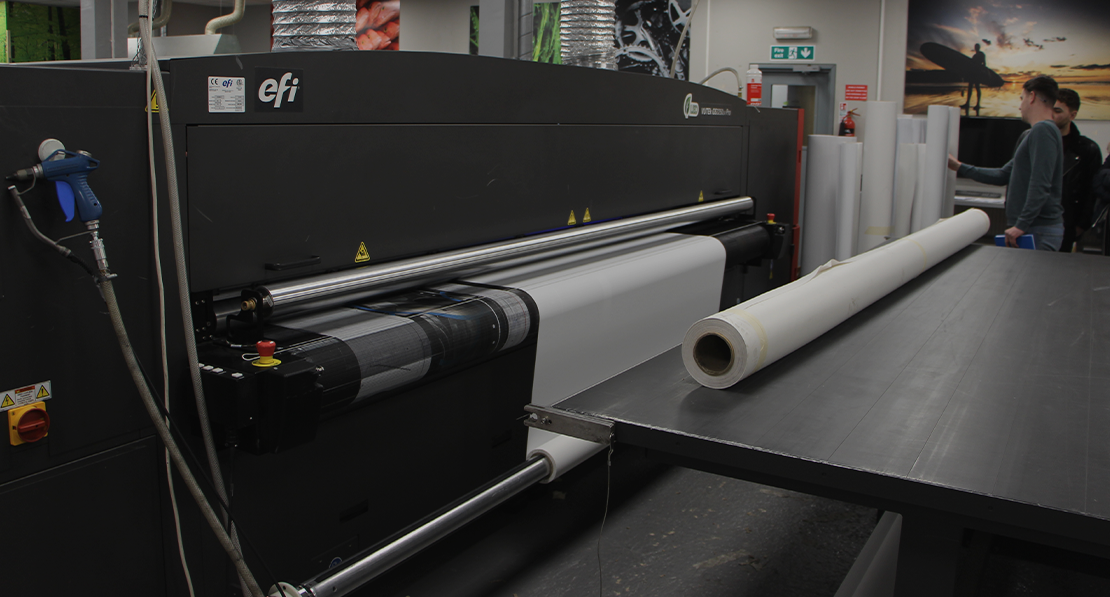
At Imageco, we love print.
That’s why, over a series of blog posts, we’re going to take you through some of our favourite things about the industry, starting with its history.
Wide-format printing is a new process. At around 20-years-old, the industry has had a long journey from rags to riches. In 2016, £50 billion was spent on numerous forms of wide-format print.
This rapid increase in popularity and economic worth has allowed the industry to generate innovative methods of wide-format printing. But where did it come from?
The first official digital large-format inkjet printer was created in 1991 – the Iris Graphics Model 3047. The tech was purchased and developed under musician and artist Graham Nash’s Nash Editions. It was expensive, short-lasting and the only one of its kind. In addition, the Iris printer used water-soluble cyan, magenta, yellow and black inks. This meant the prints had ineffective light stability.
At a whopping $126,000, this wide-format printing was inaccessible. The industry was extremely young and had years of development ahead before everyone could get their hands on one.
Initially, Nash Editions met competition from electronics companies Epson and Durst. However, an eventual collaboration between the former two led to immediate progress. Emotionally invested photographers and artists were eager to see the success of wide-format print, so the announcement of the Espon Stylus Pro 9500 in 1999 was groundbreaking.
With this printer, Nash Editions became the first digital fine art printing studio. As one of their first projects, Nash Editions printed the first major photography exhibition with high-stability pigmented inks.
This innovative use of quality machinery and ink propelled print into the spotlight. Its snowballing popularity helped to highlight the importance of developing the print industry even further than could be imagined.
By the turn of the millennium, those distant issues regarding ink quality and longevity had started to be permanently solved. Industry leaders such as Hewlett-Packard and Durst led this transition. Wide-format pioneers dominated the field with new thermal head printers that used high-stability, multi-colourant pigmented ink systems. This addressed the problem of short-lasting, ineffective inks. Imageco were one of the first in the UK to purchase the Durst Lambda printer when it was released in 2001.
In addition, the technology was offered at a reduced cost and massively reshaped the industry. For the first time, wide-format printing was available to artists and designers – not just people with a load of money.
The print industry now welcomes a variety of wide-format print options – from sheet-fed to roll-fed printers; from paper to vinyl; from banners to posters to super-wide graphics.
With innovation in 3D printing and the increasing quality of design work, we’re thrilled to be plotted in the middle of an exciting and thriving industry.



